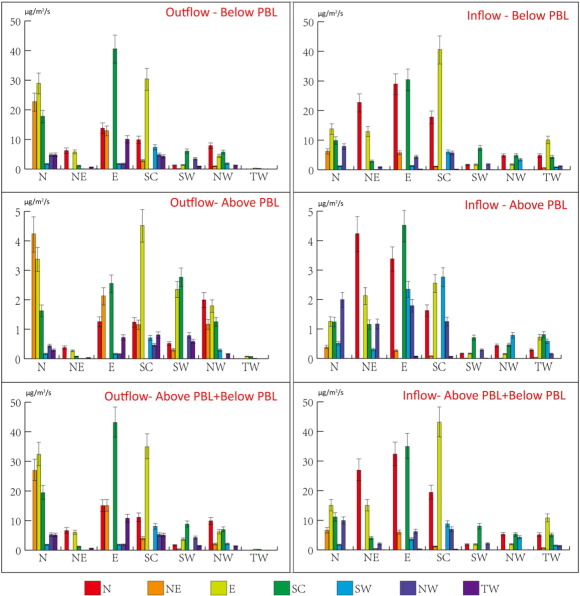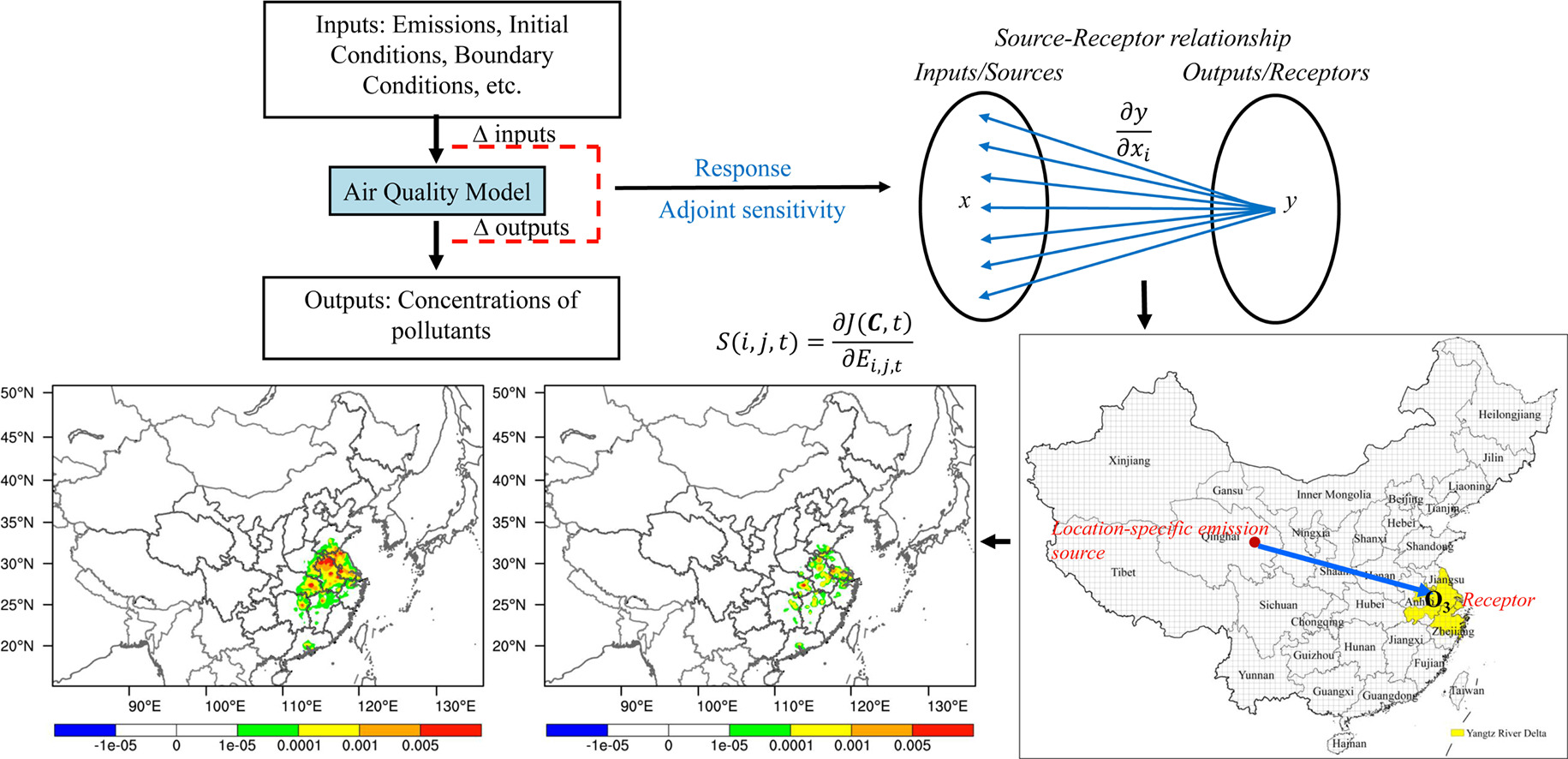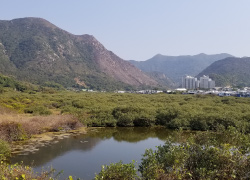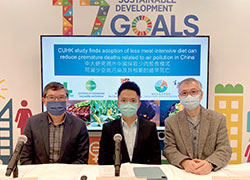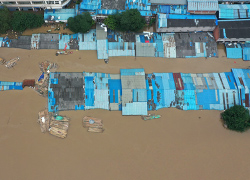

Advancing Air Quality, Food Security and
Human Health under Global Climate Change
Human Health under Global Climate Change
- Atmospheric Circulations Associated With Extreme Precipitation Over the Yangtze River Valley During the 2020 Meiyu Season
- How Intense Will Future Tropical Cyclone Impacts Become Due to Global Warming?
- Sustainable Farming Practices as a Means to Resolve the Worsening Food Crisis and Air Pollution Problem
- Harnessing Nature-based Solutions for Ameliorating the Impact of Global Environmental Change
- Transboundary Air Pollution and Health Impacts
- Adverse Effects of Environmental Contaminants on Human Health
|
Home / Project Highlights / Air Pollution / Transboundary Air Pollution and Health Impacts
|
|
Transboundary Air Pollution and Health Impacts
|
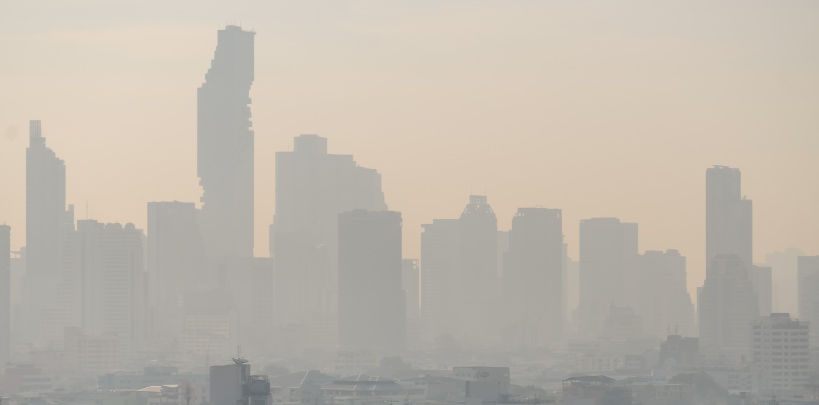
|
Air pollution is one of the serious environmental problems in China, resulting in adverse impacts on both human health and planetary health. Although previous observational research indicated the significant regional nature of particulate matters in China, transboundary air pollution (TAP) within China is yet to understand. Our research comprehensively assessed the formation, transport and removal processes of TAP in China and apportioned the impacts of emissions in different regions on air quality and public health. We applied state-of-the-art air quality model and measurement to simulate air quality in China. We then adopted an integrated concentration-response function for China to estimate the resultant amount of premature mortality due to air pollution. |
| Our findings show that domestic TAP, on average, accounted for 27% of the total PM2.5 in China. In Pearl River Delta, local air pollution and TAP contributed 27% and 73%, respectively, to the region’s PM2.5. We estimated that outdoor air pollution leads to ~870,000 (95% CI: 130,000 - 1,500,000) premature mortalities in China in 2010, of which about 18% is attributed to TAP. When a tropical cyclone is approaching to the PRD, the contribution of TAP to Hong Kong air pollutants is increased by 17% - 46%. On the other hand, we found that due to favourable meteorological conditions for long-range transport, the TAP contribution increased during the two recent La Niña events but reduced in the recent two past El Niño events. |
| Our research estimated ozone (O3) pollution contributed to 0.3 M premature mortalities in China in 2010. Transboundary O3 pollution is significant in southern and northern China and the Yangtze River Delta, while local sources are more linked to the O3 pollution in the Pearl River Delta and the Beijing-Tianjin-Hebei region. Our study proposed the importance of implementing the health-oriented emission control strategy with proper optimization to effectively mitigate O3 pollution problems. Our results show that adjoint-based emission optimization achieved more O3 health benefits by 16 - 27%. |
| Our findings proved the significant impacts of TAP on public health in China, indicating the need for cross-region co-operation to mitigate the air quality impacts and resultant health problems. Our research team has developed a 3D Real-timE Atmospheric Monitoring System (3DREAMS) using Doppler LiDARs to monitor and analyse the effects of weather on ground surface and upper-level PMs, in particular TAP. The 3DREAMS is the first-of-its-kind long-term monitoring system for studying air pollution. Our publications demonstrated the capabilities of our 3DREAMS on meteorological and air pollution research. |
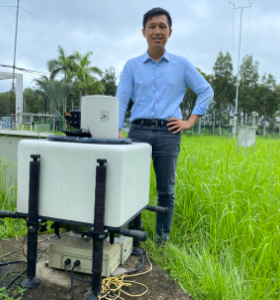
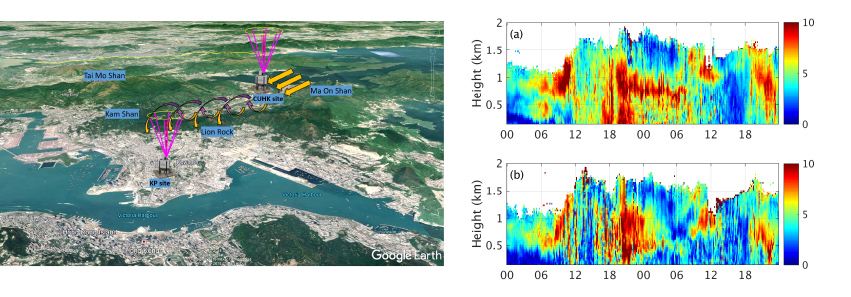
|
Reference:
|
|
|
Continue Reading
|


